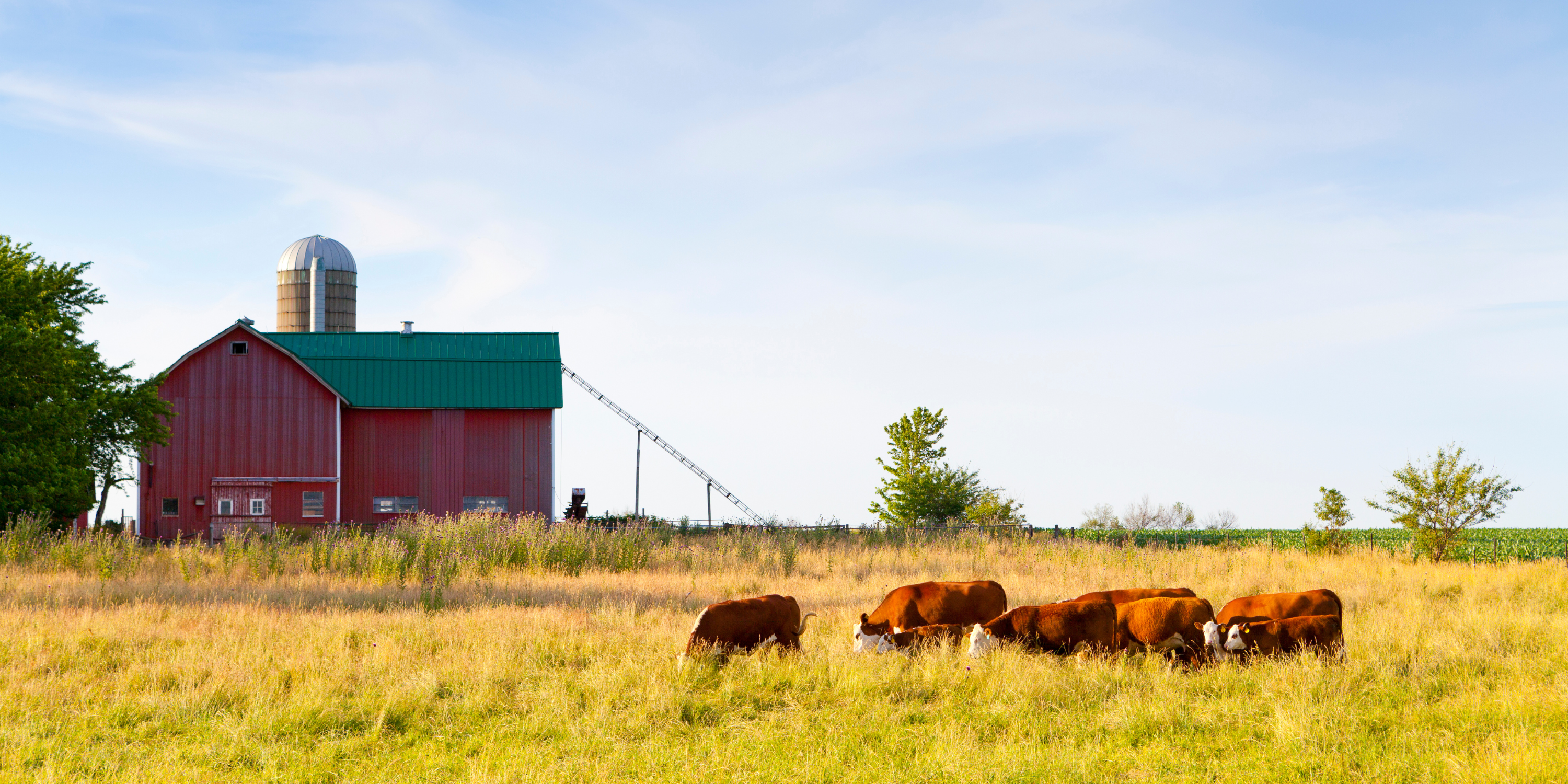
Protecting Farmland Through Policy: What Is Agricultural Zoning?
As American farmland disappears at an alarming rate, communities are increasingly turning to agricultural zoning to hold the line. Unlike voluntary programs, agricultural zoning is a regulatory tool that helps local governments safeguard farmland for long-term agricultural use through local ordinances and planning strategies.
In this post, we’ll explore what agricultural zoning is, how it works, and why it's a critical piece of the farmland preservation puzzle.
What Is Agricultural Zoning?
Agricultural zoning is a type of land use regulation that designates specific areas for farming and related activities, limiting or prohibiting non-farm development. The goal is to preserve large, contiguous blocks of agricultural land, protect the farming economy, and reduce conflicts between farmers and non-farming neighbors.
This zoning often:
-
Sets large minimum lot sizes (e.g., 20 to 100 acres)
-
Limits non-agricultural uses (like subdivisions or commercial development)
-
Restricts the density of housing
-
Sometimes provides “right-to-farm” protections
How Agricultural Zoning Works
Agricultural zoning is adopted and enforced by local governments—typically counties or townships—through their comprehensive plans and zoning ordinances.
Key Tools Within Agricultural Zoning:
|
Tool |
Description |
|
Minimum Lot Size Requirements |
Prevents land fragmentation by requiring that new lots be large enough to support agriculture (e.g., 20+ acres). |
|
Use Restrictions |
Allows only agriculture-related uses (farming, farm stands, barns) and excludes incompatible development. |
|
Sliding Scale Zoning |
Limits the number of dwelling units based on total acreage (e.g., one house per 40 acres). |
|
Cluster Zoning (Ag Cluster) |
Allows smaller lot sizes in limited development areas while preserving the remainder as farmland. |
|
Right-to-Farm Protections |
Shields farmers from nuisance lawsuits over noise, dust, or odors tied to normal farming activities. |
 Examples of Agricultural Zoning in Action
Examples of Agricultural Zoning in Action
Lancaster County, Pennsylvania
One of the most celebrated agricultural zoning programs in the U.S. Lancaster County’s zoning helps preserve Amish farmland and dairy operations by setting strict lot size and density restrictions in its ag zones.
Willamette Valley, Oregon
Oregon has some of the nation’s strongest land use protections. In the Willamette Valley, agricultural zoning ensures land remains in farm production, especially for high-value crops like grapes, hazelnuts, and berries.
Montgomery County, Maryland
Home to the Agricultural Reserve, the county limits development to 1 house per 25 acres, supporting over 90,000 acres of preserved farmland.
Benefits of Agricultural Zoning
For Farmers
-
Keeps land affordable and available for farming
-
Minimizes conflicts with non-farm neighbors
-
Reduces pressure to sell land for development
For Communities
-
Maintains local food production and rural character
-
Preserves open space and environmental resources
-
Helps guide growth to appropriate areas with existing infrastructure
Challenges and Criticisms
While agricultural zoning is effective, it’s not without controversy or complications:
-
Landowner Resistance: Some property owners view zoning as a restriction on their rights or economic potential.
-
Enforcement Issues: Local governments may lack the staff or political will to enforce ag zoning over time.
-
Legal Vulnerability: If improperly implemented, zoning ordinances can be challenged as a "taking" under the Fifth Amendment.
-
Limited Economic Incentive: Unlike PDR or TDR programs, zoning doesn’t provide direct financial compensation.
That said, when paired with incentive-based programs (like PDR, TDR, or tax relief), agricultural zoning becomes a powerful anchor for preserving the working landscape.
How It Complements Other Farmland Preservation Tools
|
Tool |
Purpose |
Works With Zoning? |
|
PDR (Purchase of Development Rights) |
Pays landowners to restrict development |
✔ Yes |
|
TDR (Transfer of Development Rights) |
Redirects growth while preserving farms |
✔ Yes |
|
Agricultural Districts |
Offers benefits for enrolled farmland |
✔ Yes |
|
Use Value Assessment |
Reduces property taxes for farmland |
✔ Yes |
Zoning often serves as the foundation, with voluntary or market-based tools layered on top.
Best Practices for Agricultural Zoning
-
Base It on Good Data: Use soil maps, growth projections, and economic data to inform boundaries and lot sizes.
-
Coordinate Regionally: Work across jurisdictions to prevent leapfrog development and preserve large ag blocks.
-
Include Right-to-Farm Laws: Ensure legal protection for typical farming practices.
-
Review and Update Regularly: Monitor effectiveness and adapt to changing needs or pressures.
Conclusion
Agricultural zoning may not grab headlines, but it’s one of the most powerful and cost-effective tools local governments have to preserve farmland and promote sustainable growth. By clearly designating where farming should continue and where development can occur, zoning ordinances help communities protect their agricultural heritage while planning for a livable future.
Zoning alone won’t solve every challenge—but without it, other preservation efforts are much harder to sustain.
Want to know if your community uses agricultural zoning? Check with your local planning department or zoning office—and ask how you can support long-term farmland protection.
Up next: Agricultural Districts: Voluntary Protection for Working Lands
Share


